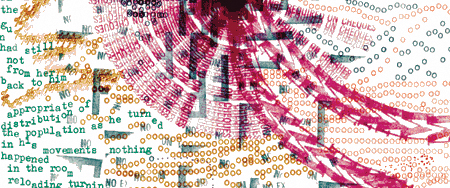Interactive Fiction Hits the Fan
Although a recent IF tribute to a They Might Be Giants album might help to delude some people about this, interactive fiction these days is not about fandom and is unusually not made in reference to and transformation of previous popular works.
An intriguing exception, however, can be found in the just-released Muggle Studies, a game by Flourish Klink that takes place in the wonderful wizarding world of Harry Potter. The player character is of the non-magical persuasion, but gets to wander, wand-free, at Hogwarts, solve puzzles, and discover things that bear on her relationship with her ex-girlfriend. You can play and download the game at the Muggle Studies site.








